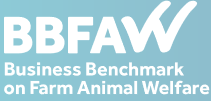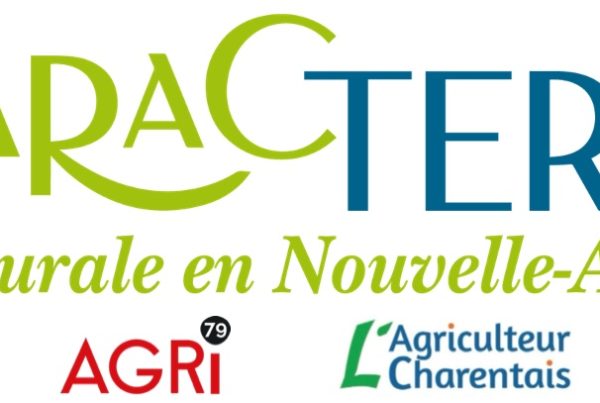Document type : Annual report of The Business Benchmark on Farm Animal Welfare
Authors: Nicky Amos, Rory Sullivan, Nathan Rhys Williams
This is the ninth annual edition of the Business Benchmark on Farm Animal Welfare. It analyses the farm animal welfare policies, management systems, reporting and performance of 150 of the world's largest food companies, across 37 distinct, objective criteria. As such, it is the most authoritative and comprehensive global account of corporate practice on farm animal welfare. In addition to the key findings and analysis presented within this report, this year, we have also presented the data via an interactive online BBFAW data dashboard. You can access the dashboard here.
Overall Results
1: Companies continue to make progress in the Benchmark, showing farm animal welfare remains a business priority
In the 2020 Benchmark, 23 companies have moved up at least one tier and the overall average score has continued to increase, marginally, to 35% in 2020, from 34% in 2019, indicating that animal welfare has continued to receive sustained management attention. The incremental changes we are seeing this year are notable given the tightening of the benchmark methodology and assessment approach in 2020. They are also encouraging against a difficult backdrop of the COVID-19 pandemic, although we anticipate its effect on corporate reporting of farm animal welfare have yet to be fully realised.
2: Progress continues but welfare 'impact' remains under-reported
Nearly two-thirds of companies globally, 91 of the 150 companies in the BBFAW, are now actively managing the business risks and opportunities associated with farm animal welfare, corresponding to being ranked in Tiers 1-4 of the Benchmark. Whilst this is broadly similar to 2019, we have for the first time used an 'Impact Rating' to assess whether company efforts in managing farm animal welfare are actually translating into improved welfare impacts for animals. Poor performance in the baseline 2020 Impact Ratings shows that welfare impact remains under-reported. For example, whilst 61% of companies report on the proportion of laying hens free from cages, significantly fewer companies report on the proportion of laying hens free from routine beak trimming, or the proportion of pigs free from sow stalls or tail docking, or the proportion of dairy cattle free from tethering or routine tail docking. Companies are also failing to disclose what proportion of broiler chickens in their global supply chains is from slower growing breeds or is reared at lower stocking densities, or what proportion of animals in their global supply chains is pre-slaughter stunned or is transported in eight hours or less. Whilst 79% of companies have published formal improvement objectives for farm animal welfare (75% in 2019), there is a gap in companies' disclosure on how these commitments are leading to improved welfare performance on the ground.
3: Producers and manufacturers are outpacing retailers and wholesalers, and restaurants and bars on farm animal welfare management and reporting
For the first time, food producers and manufacturers are the highest scoring sub-sector with the overall average score for food producers and manufacturers increasing from 35% to 38% compared to scores of 36% for retailers and wholesalers, and 31% for restaurants and bars. Thirteen companies in the producers and manufacturers sub-sector improved their score by at least one tier between 2019 and 2020, compared to nine retailer and wholesaler companies, and just one company in the restaurants and bars sub-sector.Food producers are also now the most represented sub-sector in Tiers 1 and 2 of the Benchmark, with twelve companies - Barilla, Cargill, Cranswick, Danish Crown, Groupe Danone, Fonterra, Hilton Food Group, Marfrig, Nestlé, Noble Foods, Premier Foods and Unilever - showing leadership on farm animal welfare. These companies represent all geographic regions (Asia Pacific, Europe, Latin America, North America and UK) covered by the benchmark.
See also BBFAW 2020: Report, presentation, and webinar video
Report resulting in
- an article in The Pig Site on March 30, 2021 : BBFAW update: Global food producers lead animal welfare efforts in 2020
- an article in FoodDive on April 1, 2021: Many global food brands failing on animal welfare, report says




